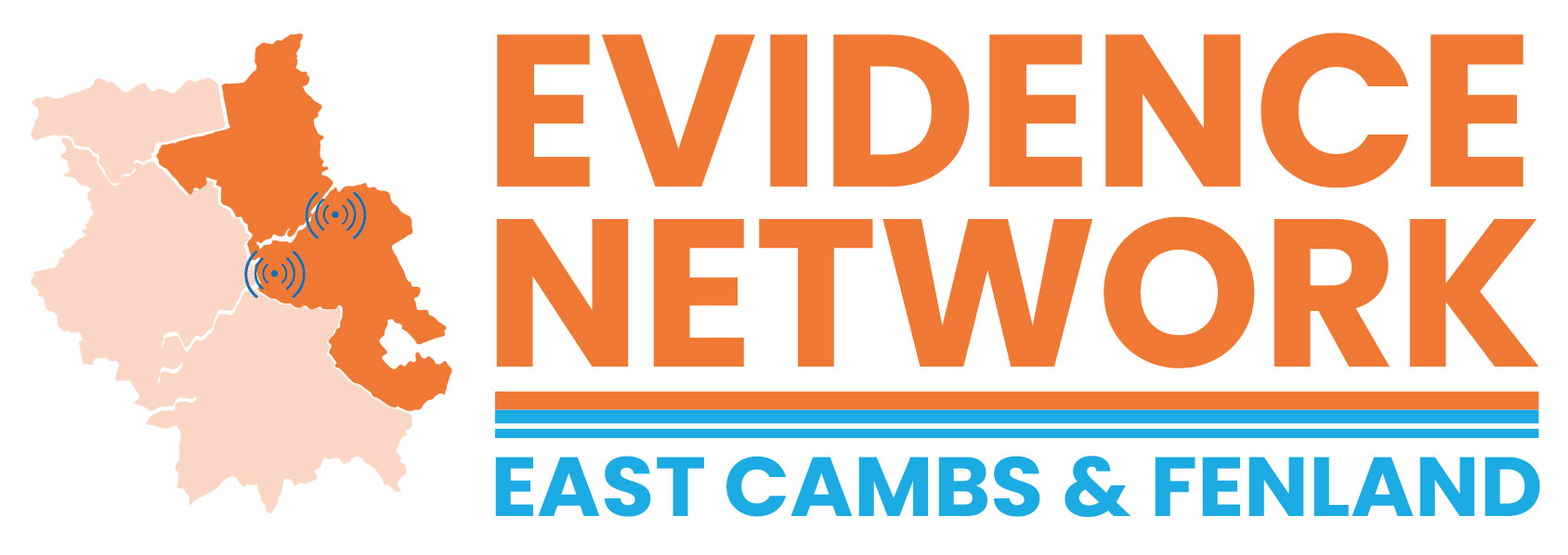Talk Tigers, our project on holding turn taking conversations
By Kate Bonney Robert Arkenstall Primary School Headetacher and Evidence Network Director
Adults intentionally leading conversation with early years children.

Back in 2018 my Early Years Leader and I were talking about talk. We were concerned about language deficits in children coming into Reception year. It seemed so different to other years. Less vocabulary, fewer meaningful exchanges, less resilience to listening and responding.
Our Opportunity Area was just planning evidence based grants and I had just read Beyond the 30-Million-Word Gap (Romeo et al 2018 MIT) which described the benefit of turn taking conversations as being efficient and very low cost ways to boost reading readiness. ‘Lucky’ children belonged to households where conversation was prevalent. Not infants and young children babbling, not adults ‘talking at’ children but actual attention to each other in turn taking exchanges.
Understanding why it was happening wasn’t obvious, with many potential causes. Was it the arrival of popular messaging apps which distracted families; was it time poor households in austerity economies working long hours; was it lack of dining tables and meal time routines in homes; was it busy, activity filled instructional lives and little downtime for children? Whatever the social historians’ analysts think it was, it was the real impact in children’s language skills at arrival in school which was a red flag. Unpicking what our school could do about it became our mission.
In 2023 language deficits are widely talked about. This blog describes what changed in our practice and how much we still value it now.
We said, ‘What if we just talked to the children like their grandparent does or their parents do in the car?’ What if we trained volunteers to practise talk as well as hear readers? We deployed what we called ‘Talk Tigers’, determined to improve children’s conversation and language acquisition through intentional rehearsal.
EEF Early Language Development reviewed many interventions but not, following 30 Million Word Gap, just talking better. Could our idea be an intervention or added to good practice?
We deployed our first Talk Tiger to look at the measurable difference in children who had turn-taking conversation scheduled into their time at school. We used BPVS and Elklan scores to rank a cohort of children, with a test group and a wait control group. Then we got talking. Children had a talk record like a reading record which showed what they had talked about, how engaged they were and how many turn takes in10 mins.
Neural pathways got walked and schema built, vocabularies expanded and communication flourished. Could the child follow what we said? Could they make themselves understood?
We measured clear gains in receptive language and reasoning for the less lucky children, particularly for EAL and the hearing impaired and those who were below expectations for S&E and CLL, but made no demonstrable difference to already articulate children who were readier for direct instruction.. Our Talk Tiger used communication tools guidance from ICan and Canadian Hanan Early Language Programme. looking back now we can see clearly the SHrec approach: Share, repeat, expand, converse.
We used counting clickers to establish that in ten minutes a conversation with a 4-5 year old may contain 25-30 meaningful exchanges. Children who had talked a lot in short bursts settled into steadier patterns of more meaning over time. We have some wonderful recordings of children’s emerging conversation using richer vocabulary for the first time in a conversational context: ‘I’m kneading. Look, I’m kneading the bread like you’
Lower attainment children showed that once the talk time programme finished they slipped back in reasoning scores which suggested it needed to remain in classroom practice for longer for these children. We no longer use the clickers or the records because it has become part of everyday practice now, interwoven in classroom practice but explicitly taught to staff to share the underlying principles of neural development through talk.
The simplicity is that it requires no more resource than adult technique and embedded practice. It is really encouraging to see the Guidance from EEF for Early Language which will support great practice reflecting our experience.
- Romeo, R.R., Leonard, J.A., Robinson, S.T., West, M.R., Mackey, A.P., Rowe, M.L. & Gabrieli, J.D.E. (2018). Beyond the 30-Million-Word Gap: Children’s Conversational Exposure Is Associated With Language-Related Brain Function. Psychological Science.
- EEF: Early Language Development 2017 https://d2tic4wvo1iusb.cloudfront.net/eef-guidance-reports/literacy-early-years/Law_et_al_Early_Language_Development_final.pdf?v=1678207171
- Universally Speaking, The Communication Trust
- Hanan Early Language Programme
- EEF: HIGH QUALITY INTERACTIONS IN THE EARLY YEARS the SHrec Approach 2022 https://d2tic4wvo1iusb.cloudfront.net/eef-guidance-reports/literacy-early-years/High_quality_interactions_in_the_Early_Years_%E2%80%93_The_%E2%80%98ShREC%E2%80%99_approach.pdf?v=1678207171
- EEF: IMPROVING LITERACY Supporting oral language development 2022 https://d2tic4wvo1iusb.cloudfront.net/eef-guidance-reports/literacy-early-years/Supporting_oral_language_development_2021-08-18-154019_ehqs.pdf?v=1678209960


Comments are closed